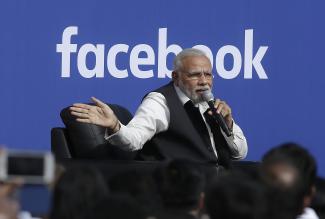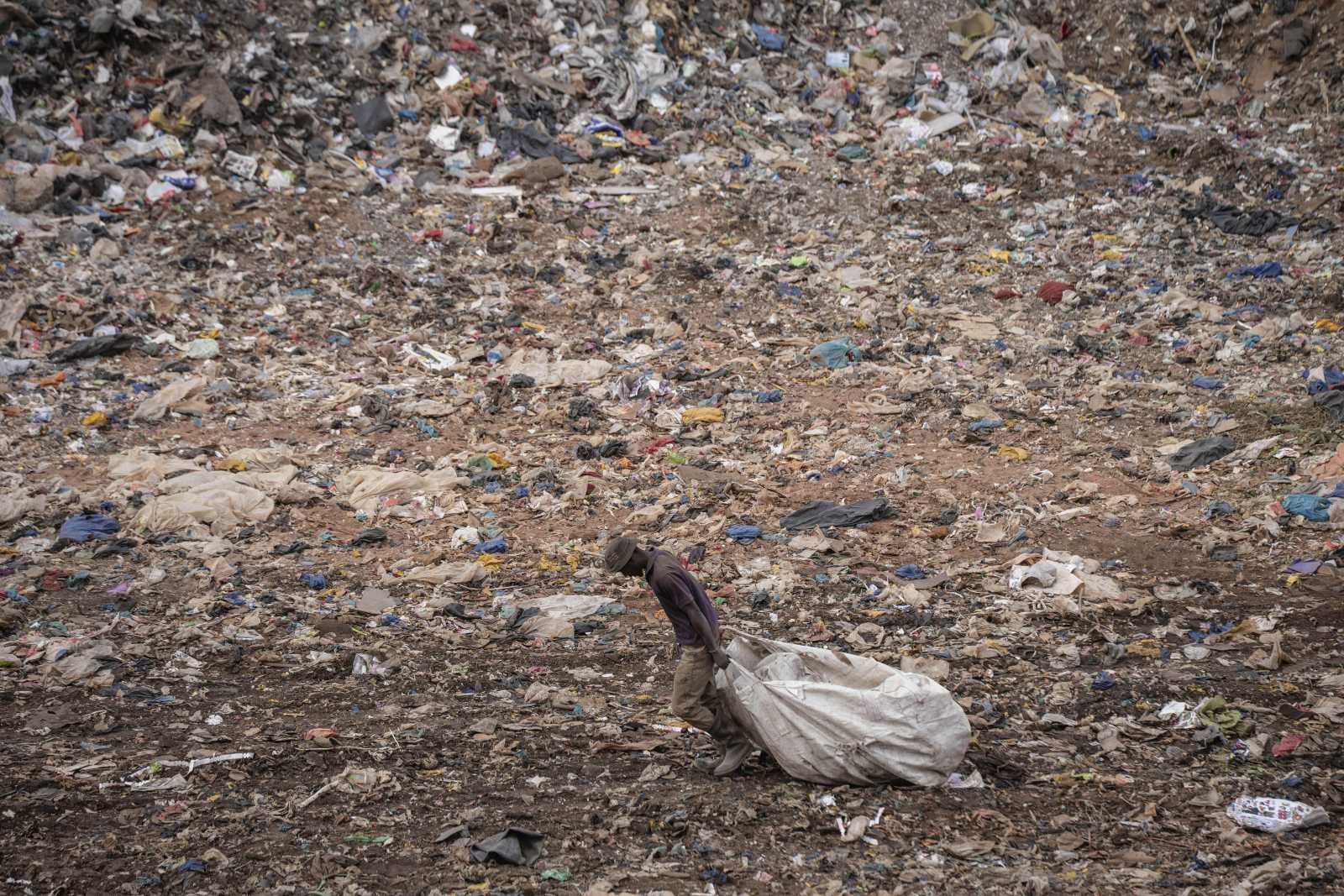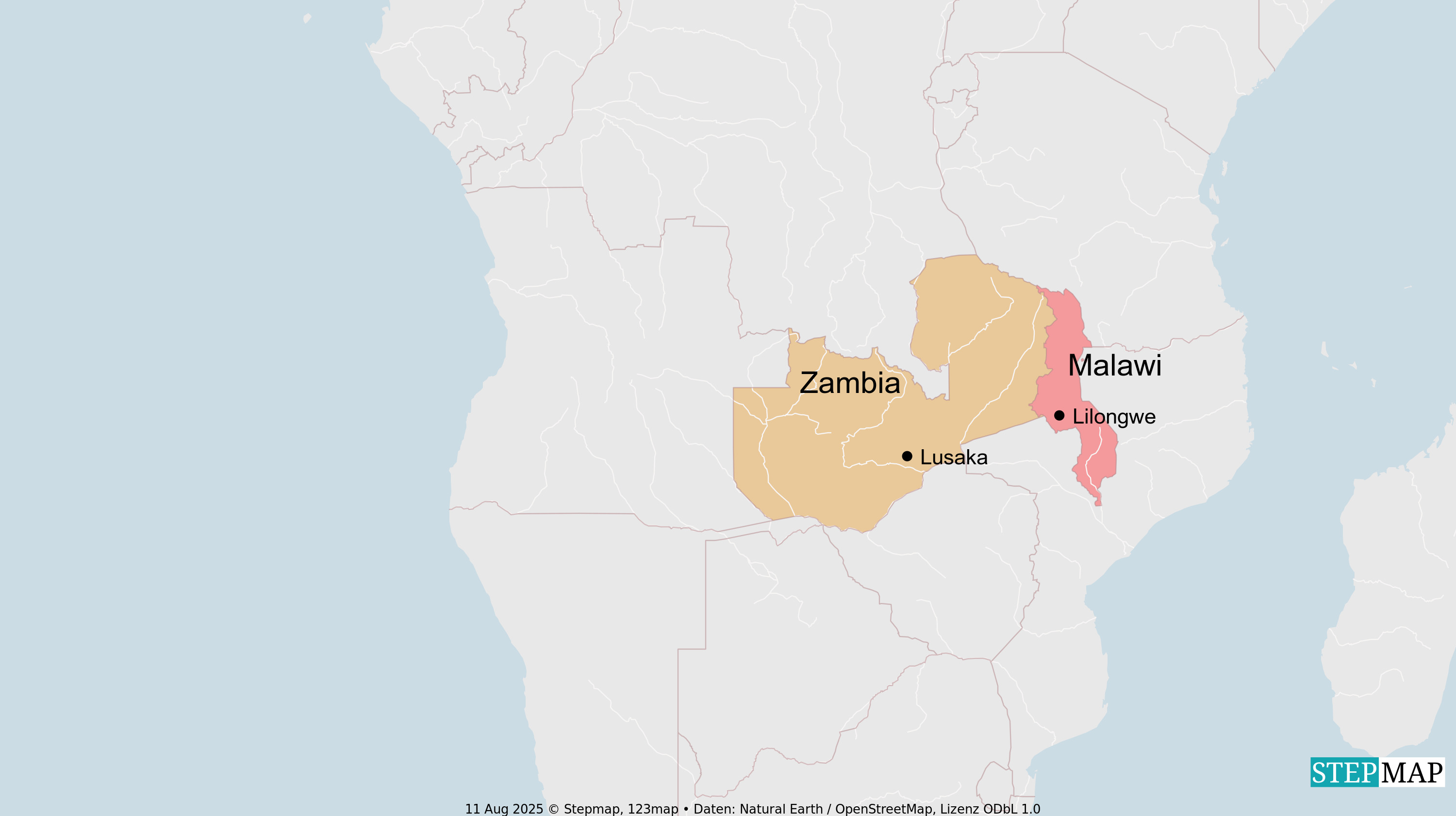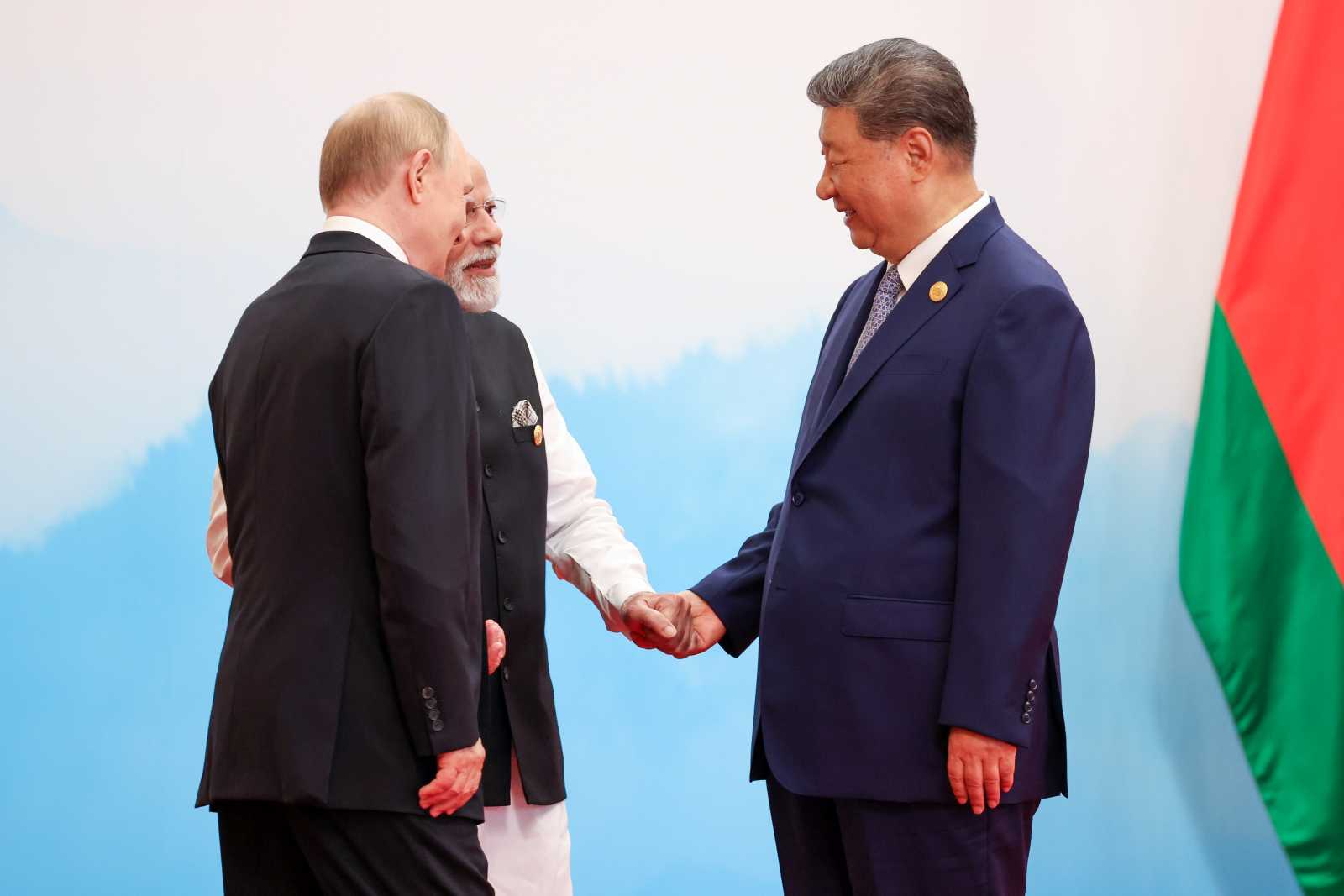Information technology
Merely digital propaganda?

India is recognised globally as a leading player in information technology (IT) and business-process outsourcing. This development has been based on the availability of a large number of engineering graduates, fiscal incentives provided by the government and the growth of technology clusters in various cities. India’s IT industry now has annual revenues worth about $ 150 billion.
The industry is focused on exports, but domestic demand now accounts for about one third of revenues, not least thanks to mobile telephony and the internet. India has 980 million mobile-phone subscriptions and about 160 million mobile internet users. The total number of internet users is estimated at 300 million. Demand for e-commerce is growing. Social media are popular.
Digital tools are used to shape public opinion and spread of political ideologies. Prime Minister Narendra Modi of the right-wing Bhartiya Janata Party (BJP) is fond of doing so. In late September, his personal Twitter account had more than 15 million followers and his Facebook page was “liked” by 30 million people. The numbers are increasing fast. In June 2015, Modi launched an Android mobile app named after him.
The prime minister also aspires to widen people’s access to government services through digital technology. His government has rolled out an initiative it calls Digital India. This programme includes connecting 250,000 village councils to broadband internet, offering free WIFI hotspots in selected cities, delivering services online and encouraging digital manufacturing.
Some government services have been computerised for quite some time, and with considerable success. Examples are the issuing of driving licences and passports or the filing of tax declarations and entries in land registers. This kind of e-government helps people save time. Accordingly, Digital India is rebranding all existing e-governance projects under one umbrella and adds some cosmetic changes. All government departments have been asked to develop mobile apps on top of their websites. There are apps for all the prime minister’s pet schemes, from sanitation to “save the girl child”. The apps provide text, infographics, audio files and video clips relating to the programme concerned.
Modi invites people to send him ideas and pictures, and shares or retweets some of them. Such digital engagement with citizens, particularly his fan followers, helps to create a buzz about programmes and events. Such buzz certainly helps the governments’ PR efforts, but it is not clear that the ground situation is really improving. It remains to be seen whether sharing pictures of daughters on mobile phones will actually help to improve the sex ratio in a country where many female foetuses are aborted. It is not evident that the lack of health and education facilities is being reduced by people clicking on apps.
The idea behind e-governance and digitally empowering of citizens is to remove layers of red tap, make intermediaries redundant and expose government servants directly to citizens’ demands. The goal is to reduce opportunities for corruption. Success, however, depends on reforming the bureaucracy. Merely adding a layer of digital services won’t help. India needs to shore up its civil service.
One must not forget, moreover, that about 75 % of Indians still lack internet-enabled devices. Any web-based e-service will therefore bypass them. Digital empowerment is not an issue of fancy apps. It is an issue of equity, access and affordability. Innovative ways will have to be devised to overcome these hurdles and for reforming functioning of the government to make it transparent and accountable. Otherwise, Digital India will remain a mere slogan.
Dinesh C. Sharma is an India-based journalist and a fellow at the Centre for Media Studies in New Delhi.
dineshcsharma@gmail.com







